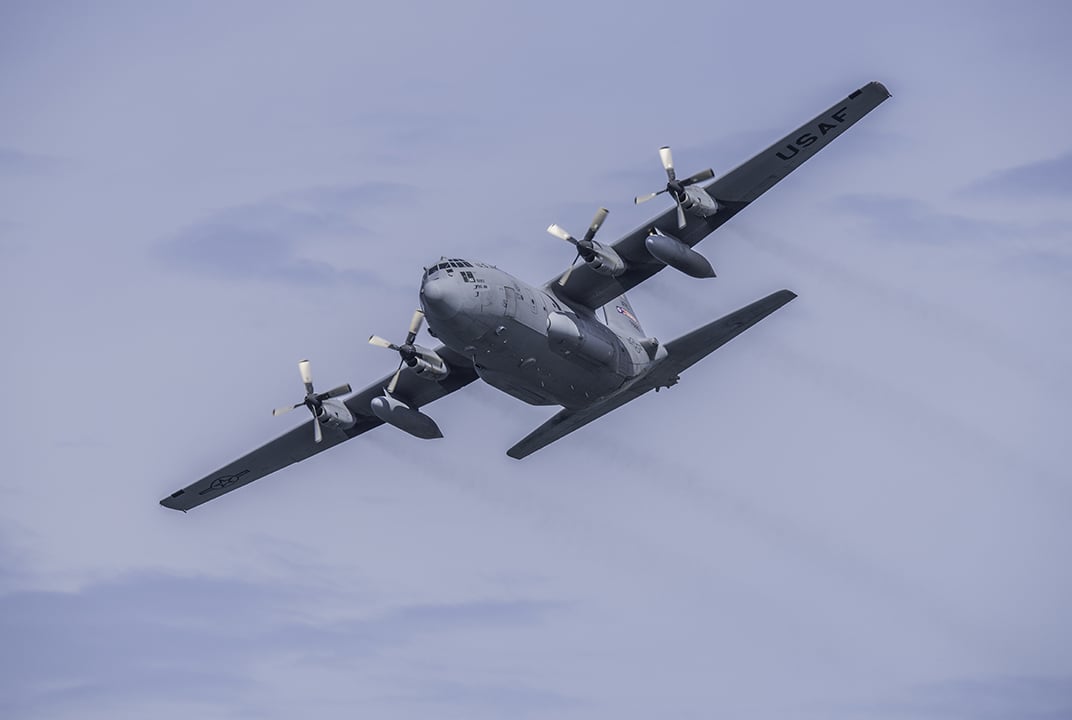How Inmarsat supports “eye in the sky” communications
For military servicemen and women, they are an indispensable “eye in the sky” – Unmanned Aerial Vehicles (UAVs) that government operations rely upon for Command and Control (C2) and Intelligence, Surveillance and Reconnaissance (ISR) missions.
Due to the geographical sweep of these missions, many require Beyond Line of Sight (BLOS) communications links which are obtained using a number of satellite architectures. At the same time, the sizes and capabilities of UAVs, the available satellite frequency bands, and the implemented communication architectures continue to expand. Just as users must choose the appropriate UAV for a given mission, they should carefully consider the BLOS options as well.
To help UAV users understand BLOS connectivity choices for a specific satellite communications (SATCOM) platform of interest, Inmarsat has published a white paper, A UAV User’s Guide to Beyond Line of Sight Connectivity. The authors – Inmarsat Government’s Chief Technology Officer Stephen Gizinski, Senior Principal Engineer Jeffrey Galloway and Senior Director of Product Development and Engineering Alex Hayes – provide a high-level guide that reveals how Inmarsat can enhance anticipated performance based on terminal size, weight and power (SWaP). This, in turn, is intended to inform UAV users about BLOS connectivity options for a specific platform of interest.
Expanded capabilities
Inmarsat brings unique value to this topic because our company has focused on BLOS connectivity for globally-distributed, mobile maritime users since 1979. These connectivity services initially focused on safety of life services that operate in L-band and require very high availability. As users’ requirements have evolved, we expanded and extended capabilities to include mobile connectivity for a diverse array of terminals – for land, sea and air. Today, we offer a wide array of capabilities, from low-speed Internet of Things (IoT) messaging to very high-speed services in L-band and Ka-band, complementing military satellite systems worldwide.
Because the mission constantly brings new challenges, UAV performance continues to expand. Inmarsat’s worldwide L-band and Ka-band solutions provide an excellent means of supporting BLOS communications for UAV platforms, with an on-going technology innovation, setting new standards for supporting government AISR missions. Through our innovation and dedication, we are architecting the “art of the possible” for the military community.
If you would like to learn more about what we are doing for these users, please click here to read our white paper.

